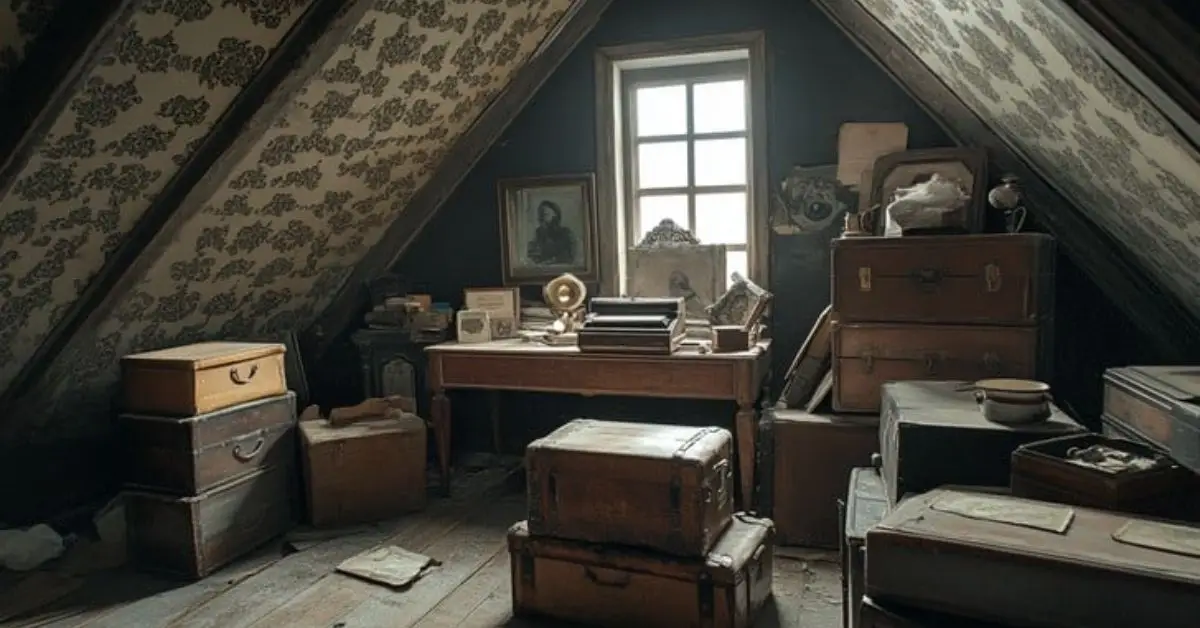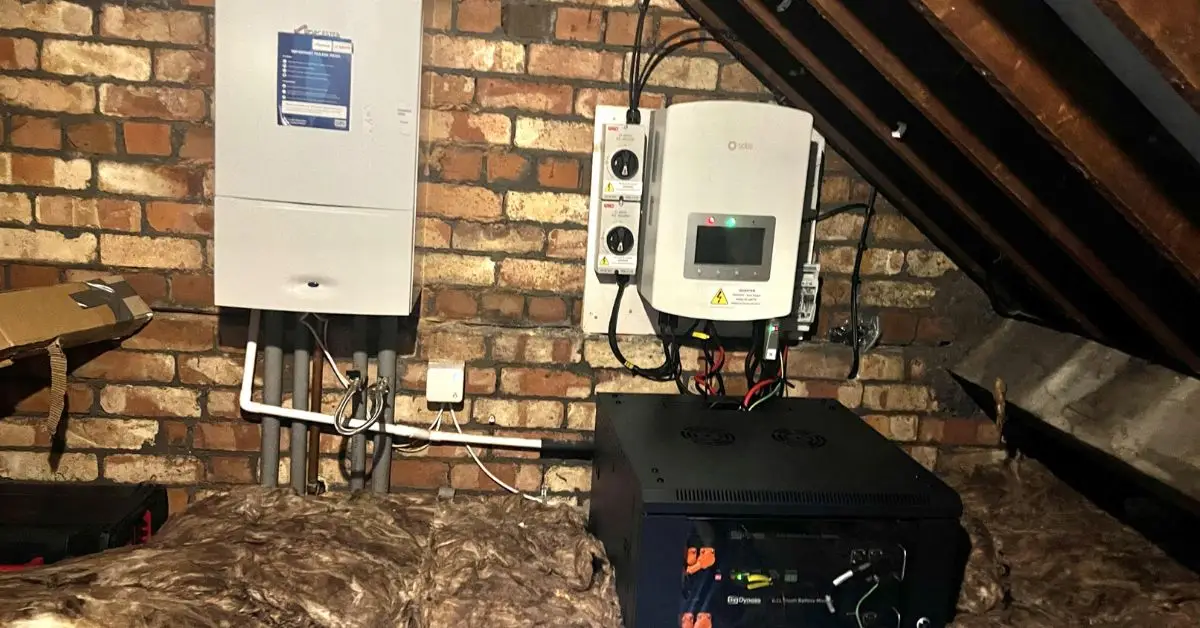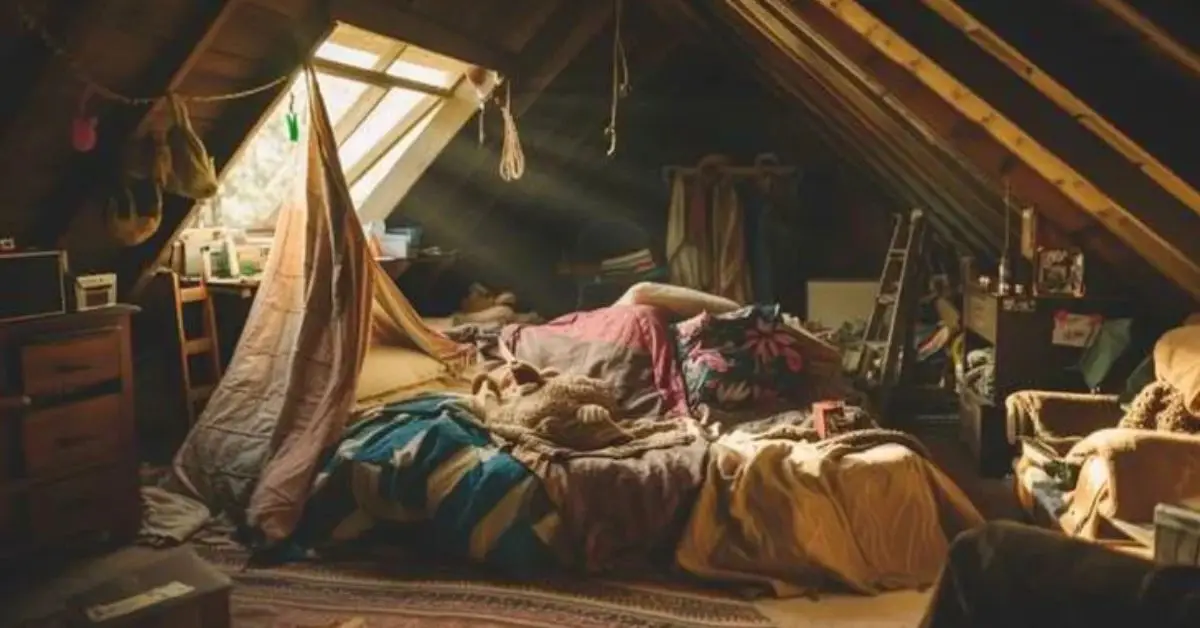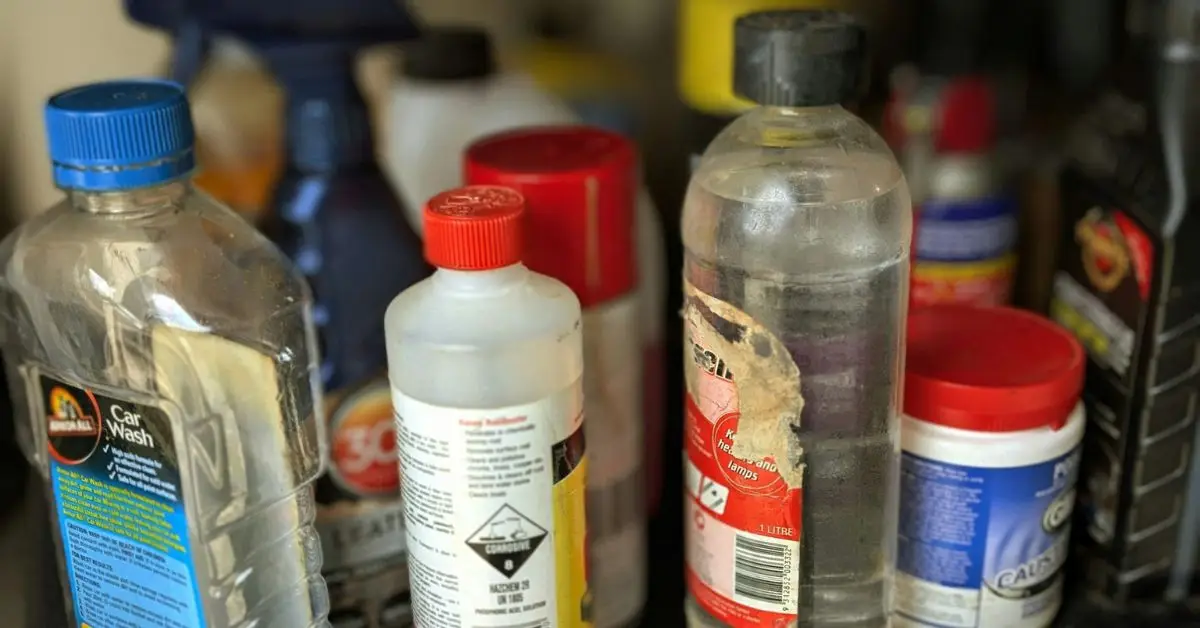Think Your Attic Is Safe? Never Store These 6 Items Up There
If you’re like me, you probably think the attic is the perfect catch-all spot for stuff you don’t want cluttering your living space. I get it — out of sight, out of mind, right? But here’s the thing: attics are far from ideal storage spaces. They get insanely hot in summer, freezing cold in winter, and often humid or dusty all year round. If you’re serious about reclaiming space, these genius attic decluttering ideas can help you get started without feeling overwhelmed. That’s a recipe for disaster if you stash the wrong things up there.
In this article, I’m going to walk you through six common items you should absolutely avoid storing in your attic. I’ll explain exactly why these things don’t stand a chance up there and what you can do instead. Because honestly, nobody wants to open a box of memories only to find them ruined — or worse, deal with a fire risk or pest problem. Let’s dive in so you can protect your stuff and your home.
1. Photos, Documents & Paper Keepsakes
Why it’s crucial: Paper items degrade rapidly with heat, moisture, mold, pests; sentimental loss risk is huge.
If you’ve ever opened a box of old photos or important papers stored in an attic, you might have found them yellowed, curled, or worse — covered in mold. I’ve seen it happen more times than I can count. Heat and humidity are the worst enemies of paper. They speed up chemical reactions that break down the fibers, making your precious memories or important documents brittle and faded.
Here’s why storing paper in your attic is a bad idea:
- Extreme temperature swings cause paper to warp and fade over time.
- High humidity and moisture lead to mold growth, ruining photos and documents.
- Pests like silverfish and rodents can chew through paper, destroying priceless keepsakes.
- Dust and dirt accumulation degrade the quality and legibility of paper items.
Better alternatives:
- Scan and save digital copies for easy backup and access.
- Store originals in acid-free, archival-quality boxes or sleeves.
- Keep these boxes in a cool, dry spot inside your home, away from direct sunlight.
Trust me, taking these precautions can save you from heartbreak and hassle later on.
2. Wooden Furniture and Antique Items
Why it’s crucial: Heat, moisture, and pests can irreversibly damage wood, ruining your valuable furniture and antiques.

Storing wooden furniture or antiques in the attic? Think twice. Attics experience extreme temperature changes and humidity spikes that cause wood to expand, contract, crack, or warp over time. I’ve seen beautiful heirloom pieces get completely ruined just because they were stored in the wrong place.
Plus, attics attract pests like termites and wood-boring beetles, which can silently destroy your valuable furniture without you noticing until it’s too late.
Here’s why wooden items don’t survive attic conditions well:
- Temperature fluctuations cause wood to swell and shrink, leading to cracks or splits.
- High humidity promotes mold, mildew, and wood rot.
- Pests such as termites and beetles can infest and damage wood furniture.
- Dust and dirt accumulate and degrade finishes, making restoration difficult.
Better alternatives:
- Store wooden furniture in climate-controlled areas.
- Use furniture covers and pest deterrents if storage is unavoidable.
- Consider professional storage solutions for valuable antiques.
For a detailed look at why wood furniture shouldn’t be kept in the attic, check out The Spruce’s expert advice on attic storage mistakes.
3. Electronics and Batteries
Why it’s crucial: Heat, humidity, and poor insulation can permanently damage electronics and turn batteries into safety hazards.

We’ve all done it—tossed old TVs, gaming consoles, or boxes of tangled chargers into the attic thinking we might “use them someday.” But attics are one of the worst places you can store electronics or batteries. The internal components in electronics are super sensitive to temperature changes and moisture. And batteries? They can leak, corrode, or even explode under extreme heat.
Here’s what makes storing electronics in the attic risky:
- High temperatures can melt or warp plastic casings and damage internal circuits.
- Moisture and humidity cause corrosion on metal contacts and boards.
- Batteries may expand, leak toxic chemicals, or become fire hazards.
- Dust buildup blocks ventilation ports and makes electronics harder to clean or reuse.
Better alternatives:
- Recycle or donate unused electronics instead of storing them long-term.
- If you must store them, remove batteries and keep items in climate-controlled spaces.
- Use sealed, anti-static bags or containers to reduce moisture and dust exposure.
4. Candles and Wax-Based Items
Why it’s crucial: Wax melts easily, creating mess, fire risk, and damage to anything stored nearby.
Candles might seem harmless to store in a box up in the attic — until summer hits. Most attics can reach 120°F (49°C) or more during hot months. That’s more than enough to melt wax, warp containers, and turn your candles into a sticky disaster. I’ve seen entire boxes turn into unusable, gooey messes stuck to whatever else was stored nearby.
It’s not just candles either — crayons, wax seals, decorative items, even some beauty products can deform or melt in those extreme temperatures.
Here’s why wax and attic heat don’t mix:
- Low melting point: Most candles start softening around 80–100°F — easy to hit in any attic.
- Fire risk: Leaked or melted wax near flammable items can be hazardous.
- Unwanted mess: Melted wax sticks to boxes, books, and fabrics — often ruining them.
- Deformed products: Decorative candles lose shape, scent, and usability.
Better alternatives:
- Store candles in a cool cabinet or basement where temps stay consistent.
- Keep decorative wax items inside your home, not in off-season storage.
- Use sealed plastic bins if storing temporarily — but avoid long-term attic storage altogether.
5. Clothing, Bedding, and Stuffed Toys
Why it’s crucial: Fabric items attract pests, absorb moisture, and develop mold or mildew in attic conditions.

It’s tempting to stash off-season clothes, old bedding, or childhood stuffed animals in the attic — after all, they’re soft and stackable. But trust me, fabric and attics don’t get along. The combination of poor ventilation, fluctuating temperatures, and humidity creates the perfect environment for mold, mildew, and pests like mice or moths.
And once mold or pest damage sets in, it’s hard — often impossible — to fully clean or restore those items. Especially with sentimental pieces like baby clothes or stuffed toys, it’s just not worth the risk.
Why storing fabric in attics usually backfires:
- Humidity encourages mold and mildew, leading to musty smells and stained fabric.
- Mice and insects often nest in soft materials, leaving behind droppings or damage.
- Heat and poor airflow break down fabric fibers over time.
- Stuffed toys with foam or synthetic filling can degrade or melt in high heat.
Better alternatives:
- Vacuum-seal off-season clothes and keep them under beds or in closets.
- Store stuffed toys and bedding in dry, sealed plastic bins in interior spaces.
- Use cedar blocks or lavender sachets to keep pests away — never mothballs in unventilated spaces. For a daily habit that keeps clutter under control, these minimalist-approved morning decluttering tasks are worth a try.
According to Good Housekeeping, even well-packed clothing is at risk when stored in attics for extended periods.
6. Paint, Cleaning Products & Hazardous Chemicals
Why it’s crucial: These items can spoil, leak, or become dangerous under high attic temperatures.

Most people don’t think twice before tossing half-used paint cans or old cleaning supplies in the attic “just to keep them out of the way.” But that’s actually one of the riskiest things you can do. Many of these products are sensitive to heat — and in extreme cases, they can become toxic, leak fumes, or even combust.
Even sealed cans of paint can spoil when stored in attic-level temperatures. The texture changes, separation happens, and next time you open it, you’ll probably just have to toss it.
Here’s why hazardous or chemical-based items don’t belong in the attic:
- Paint spoils above 85°F — most attics easily hit 120°F in summer.
- Cleaning chemicals can release harmful fumes or degrade into unsafe compounds.
- Pressurized cans (like aerosols) can burst in high heat, creating mess and fire risk.
- Corrosion or leakage can ruin surrounding boxes, floors, and insulation.
Better alternatives:
- Store paint and chemicals in a temperature-stable garage or utility room.
- Make sure items are tightly sealed and upright.
- Dispose of old chemicals properly via local hazardous waste programs.
Even Martha Stewart’s home safety guide warns against attic storage of anything chemical-based due to the extreme temperature risks and potential hazards.
Before You Head Back Up the Attic Ladder…
I get it — the attic feels like the perfect place to dump anything you don’t use daily. But short-term convenience can lead to long-term damage, ruined keepsakes, or even serious safety hazards. From melted candles to warped electronics and moldy clothes, these aren’t just “oops” moments — they can be costly, stressful, and sometimes irreversible. Before you fill another storage bin, check out these decluttering tips inspired by Reddit — they’ll totally shift how you think about what actually needs to be stored.
So next time you’re tempted to store “just one more box” up there, take a minute to ask:
Will this survive months of heat, humidity, and isolation?
If the answer’s no — or even “maybe” — find a better spot. Your future self (and your furniture, photos, and stuffed panda) will thank you.
Looking for more smart home care tips? Visit Build Like New for practical guides that help you protect your home — and everything in it.
Disclaimer: The information in this article is intended for general guidance and home care awareness only. Storage conditions may vary depending on your attic’s insulation, ventilation, and climate. Always follow manufacturer instructions for storing specific items, and when in doubt, consult a professional.


